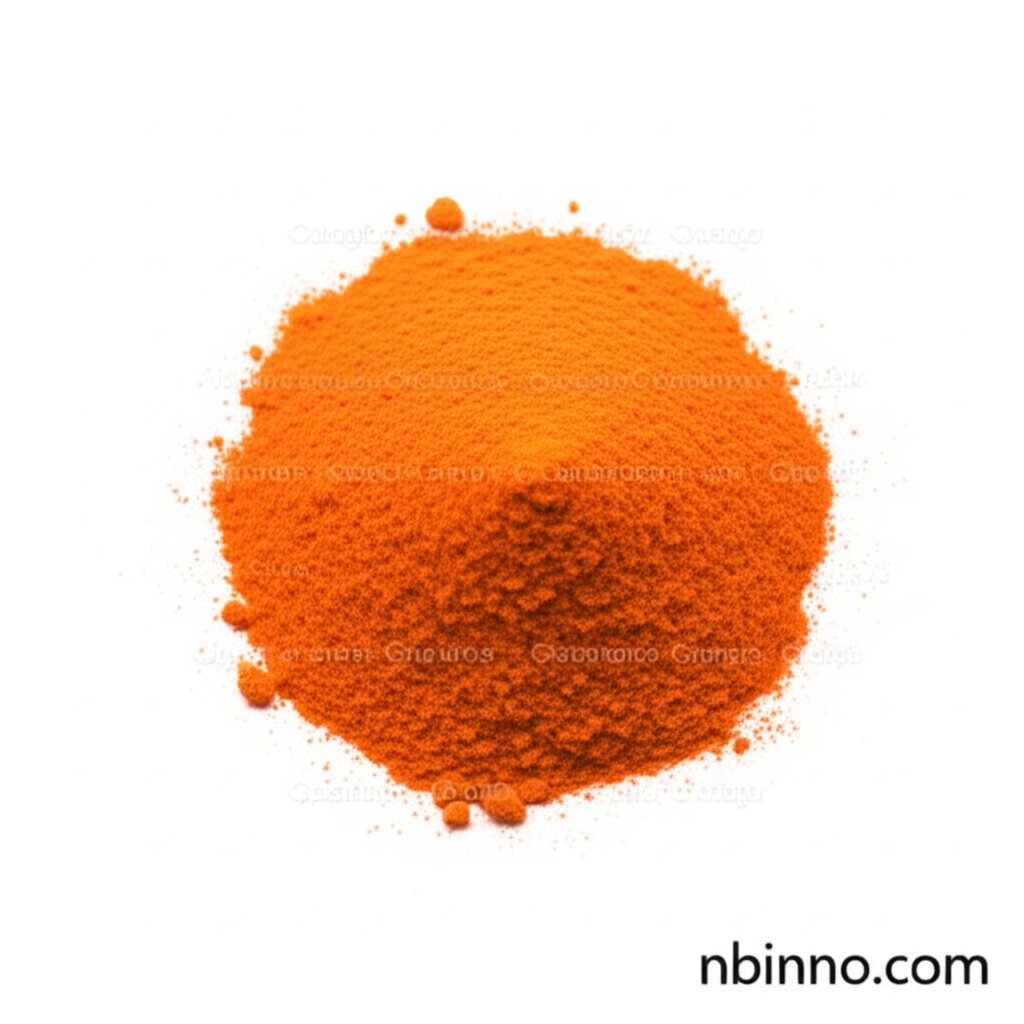High-Purity Yellow TADF Emitter: 2,4,5,6-Tetra(3,6-dimethylcarbazol-9-yl)-1,3-dicyanobenzene for Advanced OLEDs
Discover the superior performance of our 2,4,5,6-Tetra(3,6-dimethylcarbazol-9-yl)-1,3-dicyanobenzene, a leading yellow emitter for Thermally Activated Delayed Fluorescence (TADF) Organic Light-Emitting Diodes (OLEDs). Enhance your device efficiency and stability.
Get a Quote & SampleUnlocking Next-Generation Display Performance with Advanced TADF Materials

2,4,5,6-Tetra(3,6-dimethylcarbazol-9-yl)-1,3-dicyanobenzene
As a premier manufacturer and supplier of high-purity organic electronic materials, we offer 2,4,5,6-Tetra(3,6-dimethylcarbazol-9-yl)-1,3-dicyanobenzene (CAS 1469703-61-4). This compound is a state-of-the-art yellow emitter designed for Thermally Activated Delayed Fluorescence (TADF) OLEDs, providing exceptional efficiency and extended operational stability. Buy this high-quality material to drive innovation in your next-generation displays.
- High Purity Yellow TADF Emitter: Ideal for vibrant and efficient yellow emission in OLED devices.
- Enhanced Stability and Solubility: Methyl groups at the 3,6-positions of carbazole units improve material longevity and processability.
- Dual Application: Excellent as a primary emitter or as an assistant dopant in TADF-assisted fluorescence (TAF-OLEDs).
- Reliable Supplier in China: Source premium electronic materials from a trusted manufacturer for your R&D and production needs.
Key Advantages of Our Yellow TADF Emitter
Exceptional Luminance Efficiency
Leverage the power of TADF mechanism for near 100% internal quantum efficiency. This allows for brighter displays with lower power consumption, a critical factor for mobile and large-screen applications. Purchase for superior device performance.
Improved Device Lifetime
The methyl substitution enhances the intrinsic stability of the molecule, leading to reduced degradation under operational stress. As a reliable supplier, we ensure you receive materials that contribute to longer-lasting, high-performance OLEDs.
Tunable Optoelectronic Properties
As part of the broader carbazole-isophthalonitrile family, this compound offers tunable properties for specific applications. Its design principles allow for precise control over emission characteristics and electronic behavior. Enquire about bulk pricing for your production scale.
Diverse Applications in Organic Electronics
High-Efficiency OLED Displays
Achieve vibrant yellow pixels with excellent color purity and brightness, crucial for full-color displays in smartphones, televisions, and wearables. Buy this emitter for cutting-edge display technology.
Advanced Lighting Solutions
Develop energy-efficient, customizable lighting panels with superior color rendering and long operational lifetimes, ideal for architectural and general illumination applications.
TAF-OLEDs for Enhanced Stability
Utilize as an assistant dopant in Hyperfluorescence (TAF-OLEDs) to combine TADF efficiency with fluorescent emitter stability for next-generation lighting and display technologies.
Organic Photovoltaics (OPV) Research
Explore its potential as a component in organic electronic devices beyond OLEDs, leveraging its unique photophysical properties in research settings.
